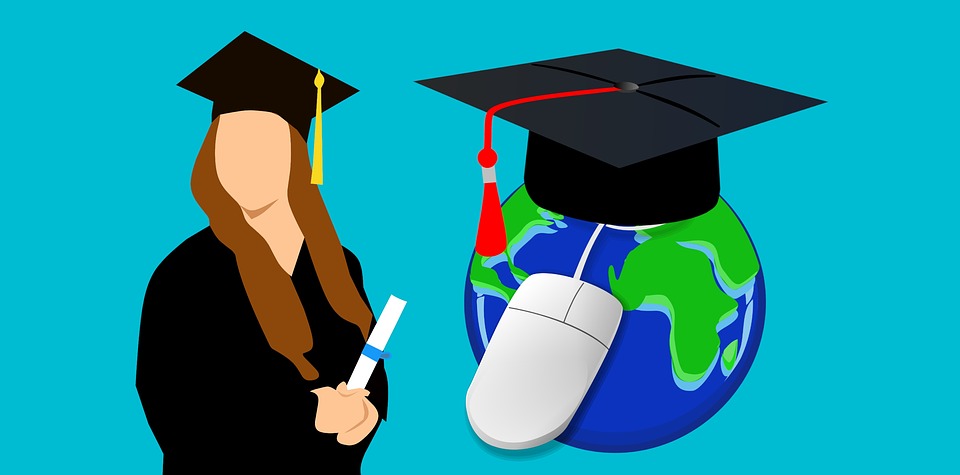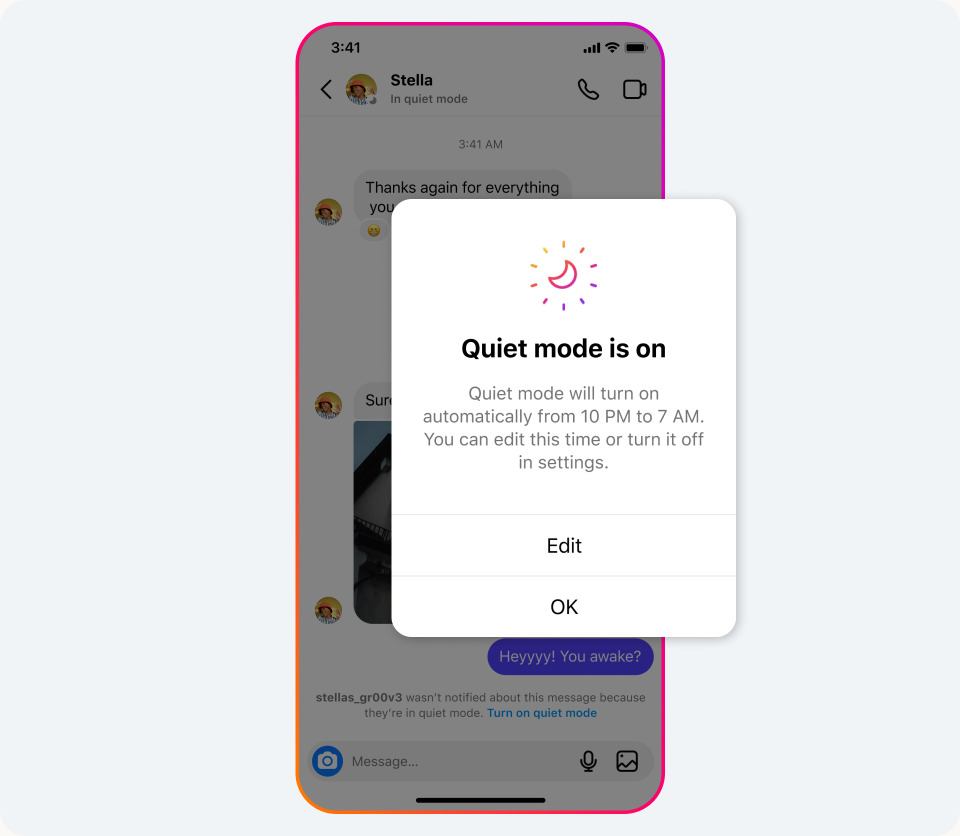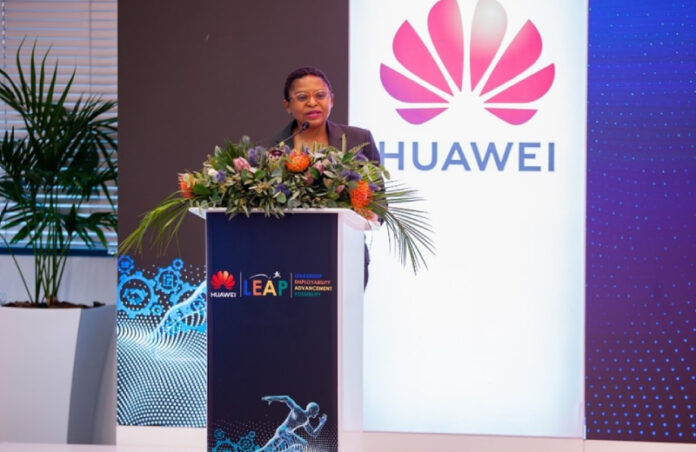Expert views on how digital learning will aid education and employment system

Technology has changed the way we acquire education degrees. According to our research and online interviews, experts believe that many employers pay more attention to skills without college degrees than those with college degrees but this is most likely applicable to those in the technology field.
Here are what experts think about the effects of digital learning in education and employment system.
Our research with 200 manufacturing employers showed that companies are less interested in degrees than with skills. IBM says that a full 1/3 of manufacturing jobs in their US Plants don’t require a college degree.
New programs like Digital Badges fill these employer needs, especially for digital New Collar Jobs using disruptive technologies like 3D Printing, robotics, or CAD design, and are more economical for students. They are also an excellent pathway for anyone who is seeking a career.
Sarah Boisvert
Nonprofit FabLab
I work in online education providing free Microsoft Excel training to millions of Excel users who’ve visited Excel Exposure since its inception. The amazing changes and improvements that I’ve seen to the available options and quality of online training is staggering and has only been increasing year over year. When properly cultivated from meaningful resources, a compelling digital education can easily exceed the ability of a primary teaching institution.
The combination of at-your-fingertips information and the ability to learn what you want, when you want, provides a much more pointed learning process and, for better or worse, can allow a honing of skills in a very specific area with skill-sets that may be hard to attain in a physical classroom.
Schools are learning this as well and offering both physical and online classes to ensure they’re able to compete with these fantastic online resources.
Ben C.
ExcelExposure.com
Blockchain offers the educational system many advantages:
The universal plus of blockchain technologies is, of course, the storage of verified information about the owners of the corresponding keys. For universities and colleges, this means much faster interaction with students and their potential recruiters. It is not a secret that today employers have to wait a rather long time — sometimes several weeks — to check the authenticity of students’ documents. Blockchain offers near-instantaneous delivery of information with the security that all documentation is genuine. Educational institutions that avail of this technology will definitely stand well with both applicants and recruiters thanks to the lack of bureaucracy.
Here are some of the specific advantages of blockchain in education: First, students get a unique opportunity to supplement their record of accomplishment. Employers want to see clear skills from applicants beyond having completed a liberal arts education. Blockchain successfully integrates proof of skill sets such as project work or online certification with general educational information such as transcripts, creating a whole picture of a job candidate for recruiters, and freeing students from having to create such a portfolio.
Secondly, blockchain technology squeezes out student plagiarism. Today plagiarism checkers have a good track record, yet such programs still don’t have 100 per cent reliability. In addition, blockchain technologies quickly and efficiently identify traces of plagiarism in numerous documents submitted by applicants during the admissions process. The very idea that plagiarism, forever fixed in the blockchain, remains a kind of “black spot” for their entire future education and careers will give students incentive to do the right thing from early on.
Thirdly, blockchain serves as an effective means for universities to manage their financial affairs. For example, the sheer numbers of students matriculating at colleges and universities today mean admissions recruitment and related programs such as scholarship applications means a barrage of paperwork and recordkeeping for higher education administrators. The review and debates involved with student applications only compound the labour involved. Blockchain technology will streamline the college/university admissions process, meaning admissions and scholarship decisions and fund disbursement can happen in a near-instant. The blockchain is also a great solution for educational institutions’ overall operating budgets, from office expenses to the salaries of those charged with recordkeeping and document verification.
In essence, blockchain in education is not only a response to academia’s needs but a way for universities to reach the next level in technology.
Inna Bogdanova, founder of blockchain-based
educational platform Aplic.io
With Digital Transformation already well underway, academic institutions across Australia, and in particular, the Department of Education has embraced Digital Technologies as part of their customer service strategies. The areas affected are wide-reaching:
Grading & Assessments – AI has been used for decades in the automation of marking and is now being utilized for qualitative analysis by identifying keywords, themes and plagiarism.
Personalised Learning – Virtual Assistants are being developed to provide individualized and appropriately paced learning support, offering feedback and coordinating with teachers.
Connected Analytics – Working towards a truly singular view of a student and their progress. Drawing information from multiple data sources, locations and devices (mobile handsets, tablets, desktop/laptops, voice interfaces, etc) to provide feedback on learning areas that need to be re-enforced and successful curriculum content.
Emotional Analytics – Providing a view of a student’s emotional well-being. Curriculum – Just like more generalised Computer Programming skills, AI design and development will be a key part of education; building a solution in the same way students used electronic kits to build radios in the past.
Education Delivery – AI, along with collaborative workplaces, omnichannel and general connectivity, will change the operating model for schools. Adaptive physical learning spaces will enable reconfiguration based on the learning model. Collaboration & Connectivity – Leading experts providing tuition across-state through Hologram-like technology. Teachers providing support to small groups in a physical space. Virtual Assistants coaching individuals relaying information back to the teacher.
Carl Brown
Sitback Solutions
More learners are becoming aware of the advancement of technologies made in the field of education.
–Students can choose the place: Nowadays, students can take online classes anywhere according to their convenience. However, this is applicable for professional courses and does not include the schools.
–The digitized content: It is delivered through various technical tools such as computers, laptops, smartphones, etc. Highly experienced academic content writers create the content, also it is very informative, supported by videos and images for better understanding.
–24/7. Students can choose a flexible time to start learning. You can download videos of the classes from the internet and you can know what was taught in the class today.
–Teaching assistants: Instead of using the paper and pen, teachers can use e-class records for assessment to avoid mistakes.
–Learn at your Own Pace: E-learning allows you to learn at your own pace. The tutorial videos are available online, and you can view it as many times as you want to learn the topic.
–Online tutors: Chatbots are used to help teachers. They can answer questions, provide personalized guidance to every student, offer information based on the student’s preferences.
AlexandraZelenko
DDI Development Company
Digital learning has already changed school and education. There are so many platforms out there like udemy, coursera, khan academy and others that provide free courses also some paid that can help you learn new skill sets, takes certifications and degrees online and not have to go to school/universities etc.
Harvard, MIT and others have also started online courses for free and a fraction of the price compared to coming to campus and taking them. They have noticed the shift in online education and are adapting to it.
Most successful entrepreneurs these days constantly talk about how school and colleges are only making corporate slaves and with how technology is constantly changing in the next 10-15 years college education will not matter. What matters is skills that you can bring to the company in helping them grow and make money.
Fortune 100 companies like Google, Facebook, Twitter, Amazon and others have also withdrawn having a college degree as a requirement for applying to a job. This shows that they know important skills are needed more than just school /college education.
Schools will need to change their approach to teaching kids if they want to stay in business. They need to teach children things that matter like languages, coding, computers, empathy, how to be human in this robotic world. This is what matters.
Safwan Khan
Founder of Startupily
Digital learning will change schools and education by strengthening the education system and while helping children to learn more effectively over traditional methods. Two important digital learning trends in 2019 are devices in classrooms and a new and improved concept of personalized learning. Recent years have shown a significant increase in sets of computers in the classroom.
This was made possible in part by federal funding. Several schools receive funds, grants, and donations that give access to iPads, laptops, and Google Chromebooks to classrooms all over the country. This kind of digital learning allows students and teachers to use these devices for lessons, homework, and tests in an interactive fashion. Having computers in classrooms allows students to be introduced to some fields that are 100% digital, like the services that we offer at Codal: UX design, or software engineering. Personalized learning is attainable now more than ever. Learning is no longer restricted to the walls of a classroom.
School choices today include public, private, charter, virtual and these options are tailored to fit the needs of the student. For instance, if a student decides to take the virtual route, it could mean using online sites, services and programs as teaching tools, or as study aids built for at-home use. Ideally, digital learning allows students to be academically present in the most beneficial way, whether in the classroom or at home.
Clare Bittourna
Codal, a UX design & development
agency
READ MORE ON;
Experts analysis of what will happen to cryptocurrency this year- 2019
Human microchip- Should people get identity chips implanted under their skin?
What is the most important technology for solving world problems?
Use of blockchain be used to empower farmers in agriculture
Use of Blockchain in the educational system
What is blockchain? Broad overview
Blockchain used case in energy
Case: Use of blockchain in the land registry
Have any suggestion? Drop on the comment box below.







